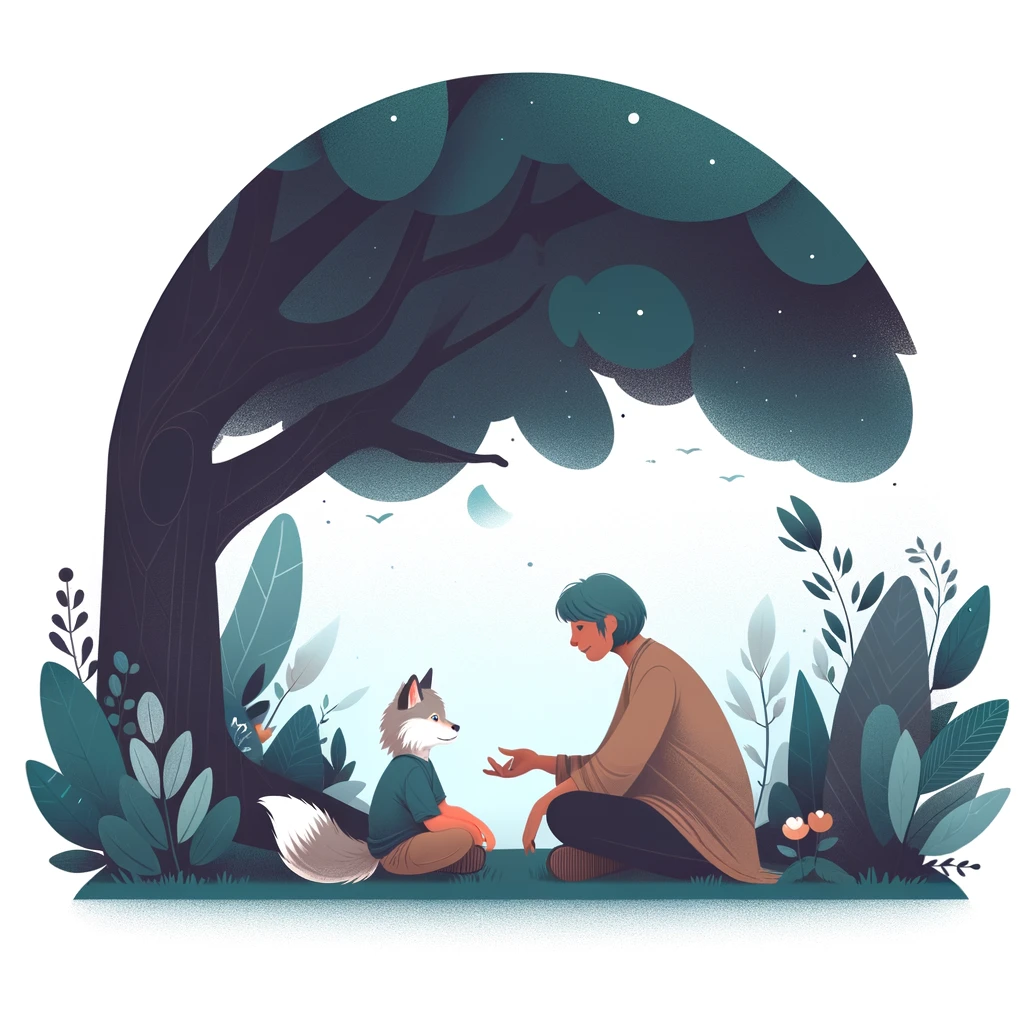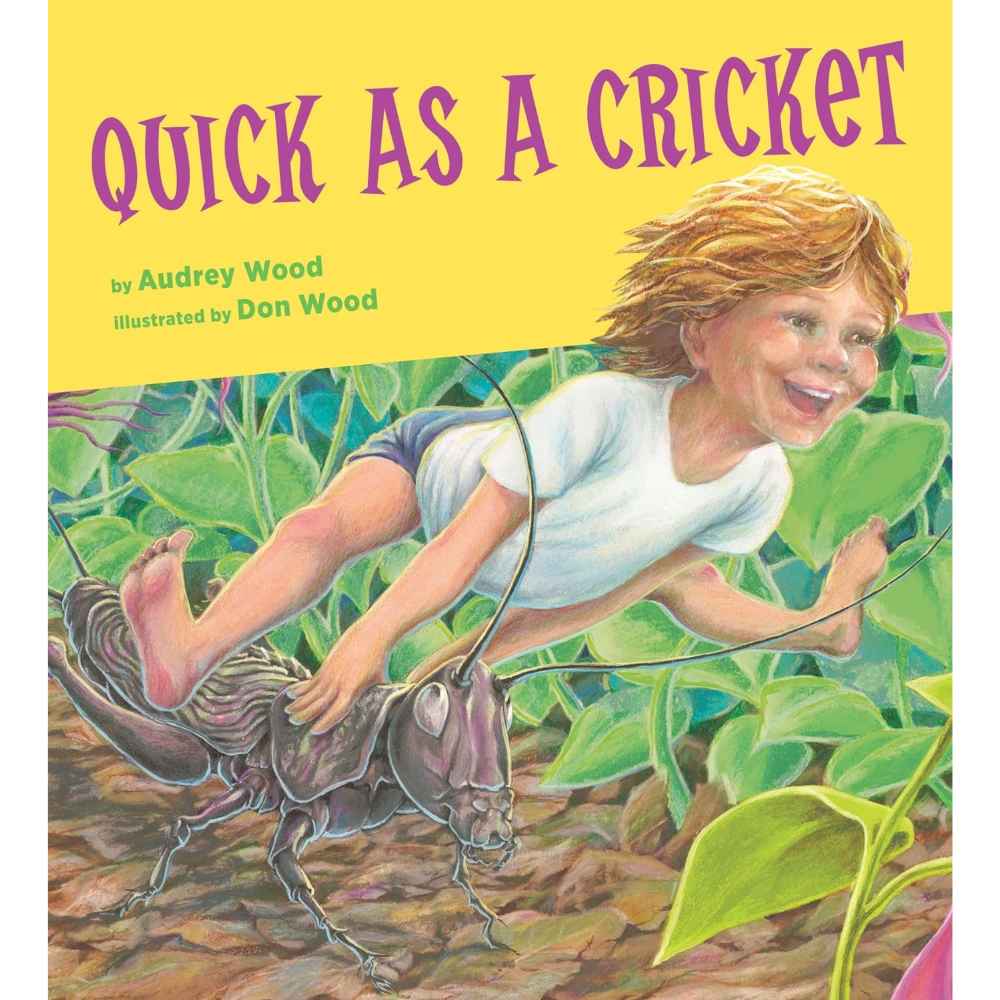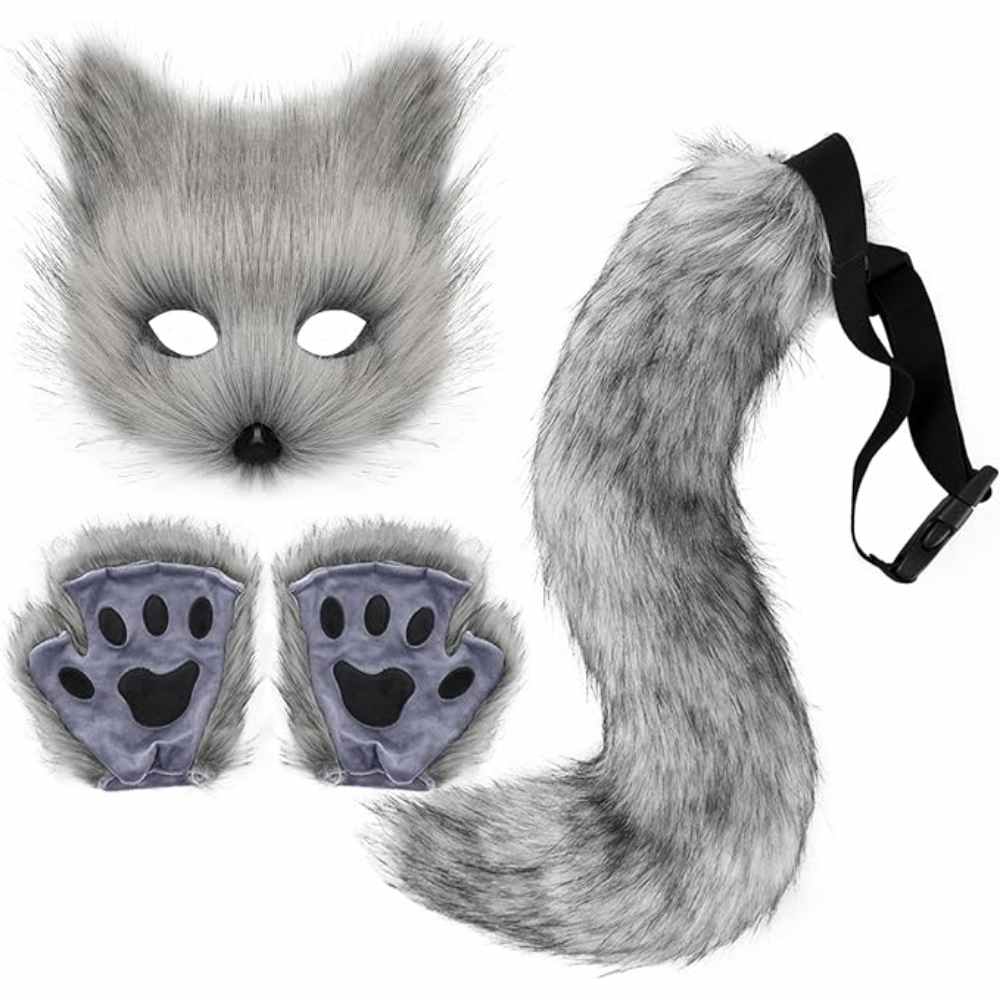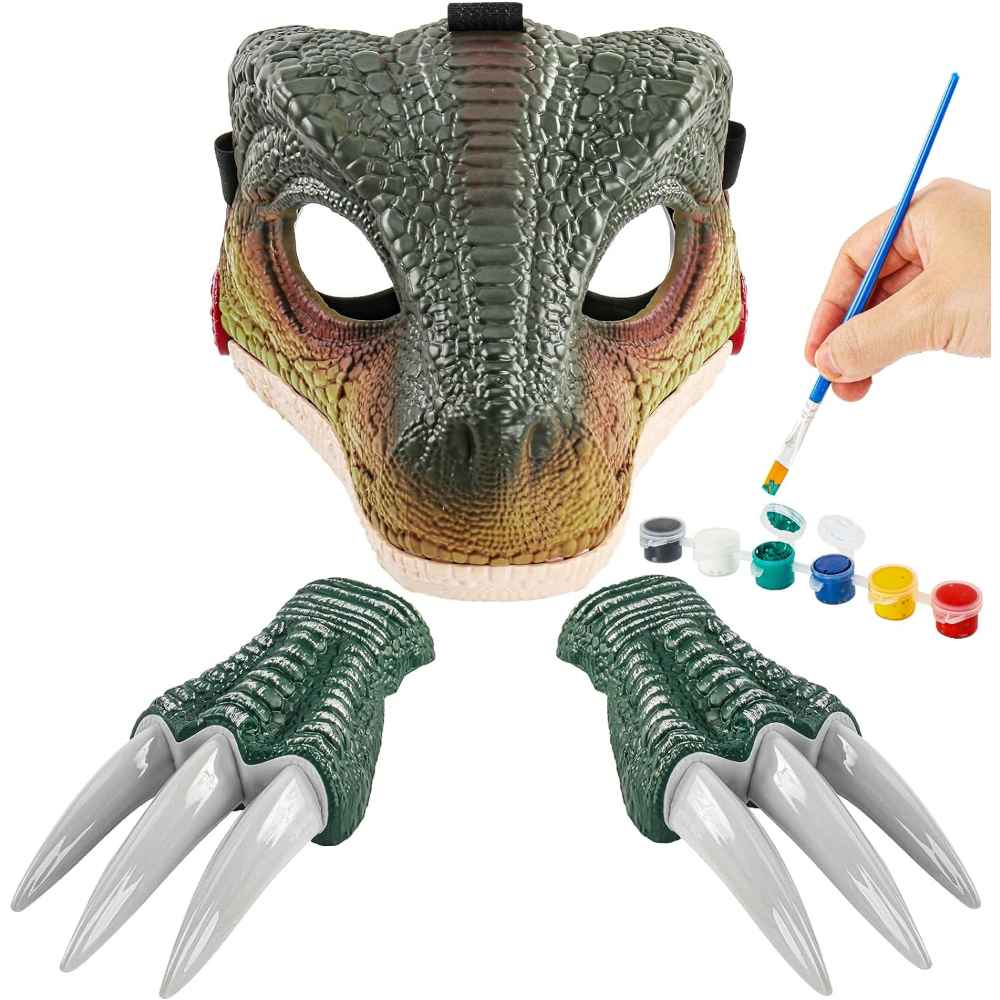The Parent’s Guide to Therianthropy: Nurturing Your Child’s Animal Spirit

Understanding Therians
In the vibrant tapestry of children’s identities and expressions, a relatively less understood thread is Therianthropy, often simply called “being a Therian.” Recently, more children and adolescents have begun identifying with this unique form of personal expression, raising curiosity and concern among parents. This guide aims to demystify Therianthropy, address common misconceptions, and offer supportive advice for parents navigating this aspect of their child’s life.

What is Therianthropy?
Therianthropy is the spiritual or psychological identification with non-human animals. Individuals who identify as Therians often feel a profound inner connection to a specific animal, believing that part of their essence or soul is akin to that of the animal. It’s important to note that Therianthropy is a personal identification, distinct from simply liking animals or enjoying pretending to be animals as seen in typical childhood play.

Quick as a Cricket by Don and Audrey Wood
Discover and validate emotions through animals.

A Tiger Like Me by Michael Engler
A boy imagines his day as a fun-loving tiger.

From Head to Toe by Eric Carle
This interactive book invites kids to mimic lively animals.
Why Does Being a Therian Appeal to Children?
Children typically become interested in Therianthropy during their formative years, often starting in early adolescence. The concept can appeal to them for several reasons:
👯♂️ Identity and Belonging: As children explore who they are, the idea of having a connection to an animal can provide a sense of identity and belonging, especially within communities that accept and understand this identification.
😸 Imagination and Play: Therianthropy encourages creative expression through imaginative play—adopting characteristics of specific animals can be an enriching fantasy play, which is a healthy part of child development.
🦁 Empowerment: Emulating animals that they admire for strength, agility, or freedom can be empowering for children. It allows them to embody traits they aspire to or admire.

The Positive Aspects of Therianthropy
Embracing Therianthropy can have several positive effects on a child:
🤸🏾♂️ Physical Activity: Engaging in activities like “quads” (walking on all fours) is excellent physical exercise and can improve coordination and strength.
💭 Creativity and Imagination: Adopting the mindset of another creature fosters imaginative thinking and creative problem-solving skills.
🦋 Emotional Growth: Exploring their identity through Therianthropy can aid in emotional development, helping children explore and express their feelings in unique ways.
Addressing Common Misconceptions
A significant challenge for Therian children is the misunderstanding by others about their identity, including being conflated with Furries and, more harmfully, with zoophiles. Furries primarily engage in creative expression and fandom around anthropomorphic characters, often through art and costume, while Therianthropy is a deeply felt identification with real animals. Zoophilia, a paraphilia involving a sexual fixation on non-human animals, is entirely unrelated to Therianthropy.
These confusions can arise from a lack of awareness and understanding, leading to misconceptions and stigmatization of the Therian community. It’s crucial to delineate these differences to foster a more accurate and respectful understanding of each group’s unique culture and identity.
Despite the many positives of embracing a Therian identity, children who identify as Therians can sometimes face bullying and exclusion from peers who may not understand or accept their unique form of self-expression. Such negative reactions often stem from a lack of understanding or fear of the unconventional. It’s crucial for parents to prepare themselves and their children to handle these challenges effectively.

How Parents Can Support Their Therian Child
Supporting a child who identifies as a Therian involves open-mindedness, compassion, and encouragement. Here are some practical ways to support your child:
📚 Educate Yourself and Others: Learn about Therianthropy and share your understanding with family members who might be confused or concerned about your child’s identity. Education is key to acceptance.
🦊 Encourage Expression: Allow your child to safely express their Therian identity, which might include wearing animal-like accessories (like ears or tails), practicing behaviors like walking on all fours (“quads”), or spending time in nature. These activities are not only harmless but can also promote physical activity and imaginative play.
🚸 Create a Safe Space: Ensure your home is a safe space where your child feels free to express their Therian identity without fear of judgment. Encourage open conversations about their feelings and experiences.
🫂 Promote Inclusivity: Teach your child about the diversity of human experiences, including other forms of identity and expression, to cultivate empathy and understanding towards others.

Feline Masks for Painting
Paper masks for kids to decorate.

Therian Starter Pack
Faux fur set includes mask, tail, and paw gloves. Assorted styles.

Therian Fox Tail
Tail made of faux fur. Other styles available.
Conclusion
As parents, our primary goal is to nurture our children into well-rounded, happy individuals. Understanding and supporting a child’s Therian identity can be a part of this journey. By fostering an environment of acceptance and curiosity, we can help our children explore their identities safely and joyfully, ensuring they feel valued and understood no matter how they choose to express themselves.

Dinosaur Mask with Paint Kit
Fun for kids to paint and play with.

Therian Tail
Therian tail made of faux fur. Other styles available.

Feline Masks for Painting
Paper masks for kids to decorate.





Responses